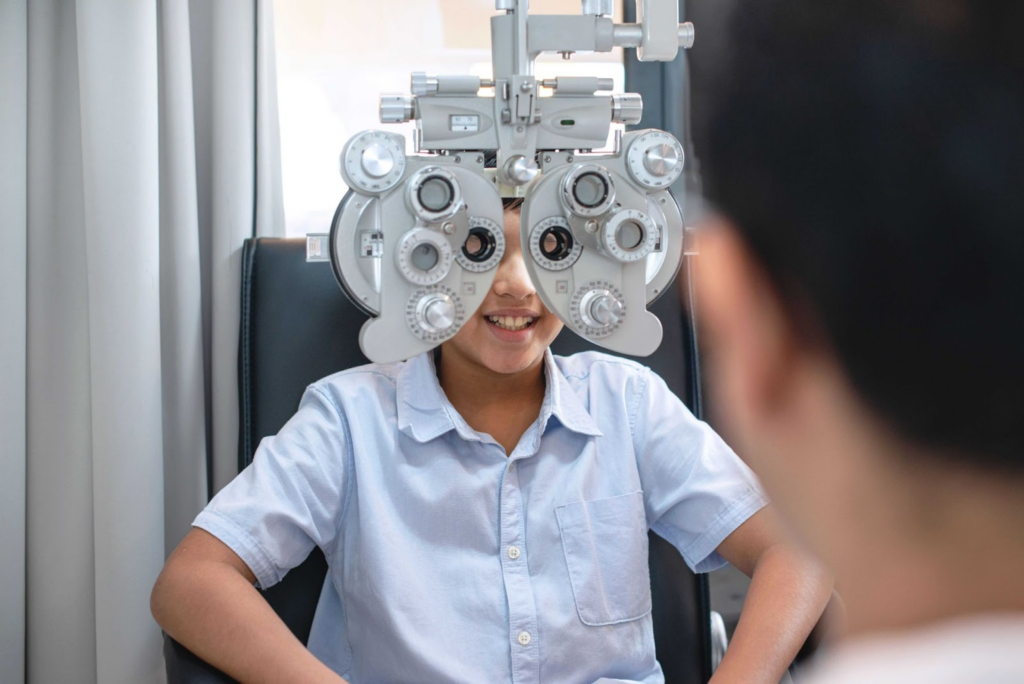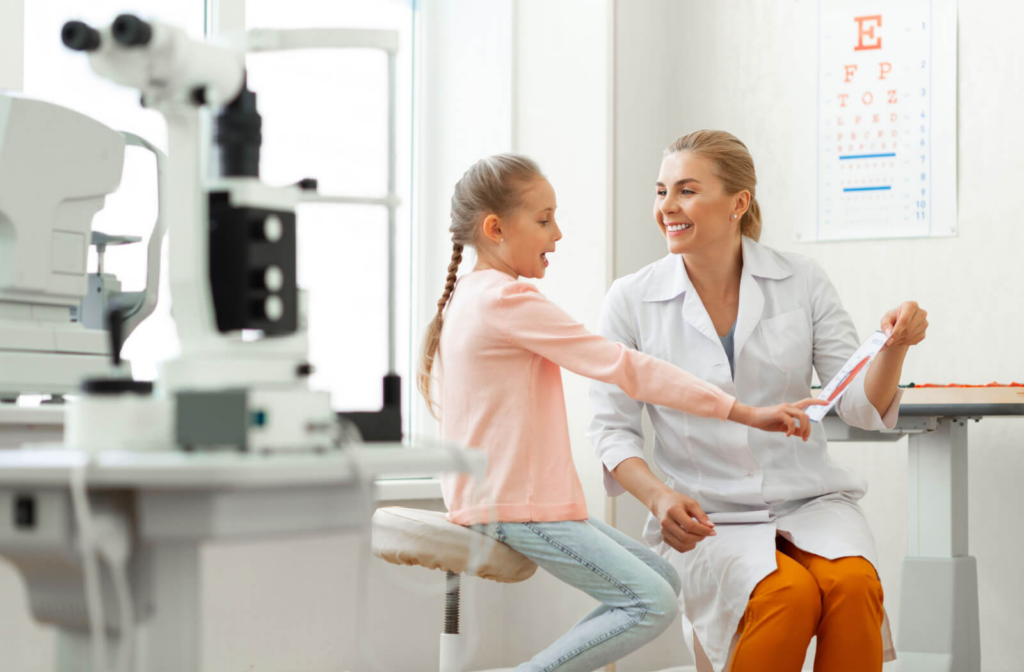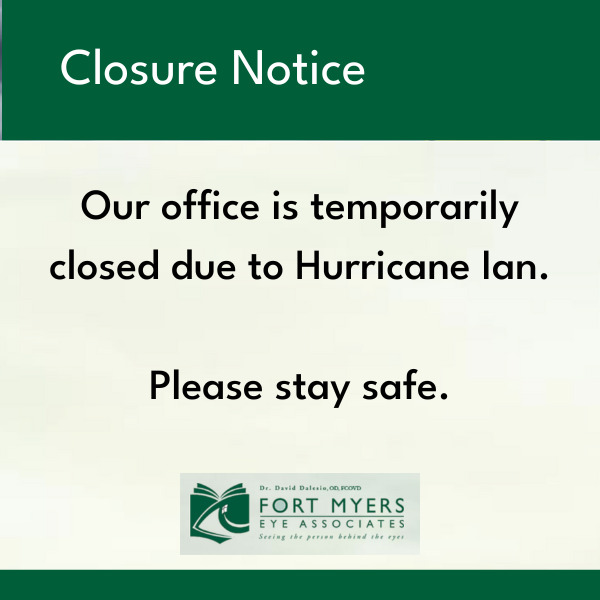Your child’s vision is precious. They use their eyes to learn, play, and search for their place in the world. However, children’s eyes can change rapidly and should be monitored for problems before they have a chance to grow into something serious.
A pediatric eye exam is one of the best ways to detect childhood refractive errors, such as myopia. Your optometrist will examine visual acuity, eye muscle control, hand-eye coordination, depth perception, color vision, and other essential visual skills. If something is uncovered, your optometrist can recommend a treatment plan to address these issues and work toward clearer vision.
The Importance of Early Vision Tests
For many vision issues, treatment is easier and offers better outcomes when they’re detected early. That’s why having a comprehensive eye exam while your kids are young is essential. A brief exam from a family doctor or at school simply isn’t comparable to a comprehensive eye exam from a professional optometrist.
Noticing vision problems in children can be tricky since they might not have the language to describe what’s happening to them. So it may be up to you to keep watch for indicators.
Signs that your child might have vision issues can include:
- Squinting
- Complaints of headaches when reading
- Rubbing eyes frequently
- Covering or closing one eye
- Strabismus (crossed eye)
- Excessive blinking
- Inability to focus on reading
- Skipping to rereading lines
- Holding reading materials close to face
You also may notice your child taking a long time with homework, or they appear easily distracted. In fact, many children with vision problems struggle in school, and sometimes a vision problem can be misdiagnosed as a learning disability or ADHD.
The American Optometric Association recommends that infants get their first eye exam by 6 months when they should have the same focusing ability, color vision, and depth perception as adults. After that, they should have another exam before they enter school, between 3–5 years of age, then annually after that.
After you turn 18, many eye conditions stabilize, but you should still see an optometrist at least every 2 years. Of course, this is only a standard schedule. Children who need myopia management, vision therapy, or have a condition that puts them at high-risk for vision issues may require more frequent check-ups.

What Happens During the Exam?
A comprehensive eye exam is about more than if your child has 20/20 vision. By providing a family medical history, your optometrist can watch for early signs of ocular health issues. We can look for abnormalities in the different parts of the eye, such as the eyelid, cornea, and retina. We will also check that your child has the necessary visual skills to succeed.
The kinds of tests you can expect during a pediatric eye exam depend on your child’s age.
Infant Eye Exams
Your optometrist begins by inspecting your child’s general eye function and looking for any signs of eye disease. These tests are generally simple and focus on monitoring your baby’s eyes developing as they should.
Your optometrist may test their pupil’s response to light. A fixate-and-follow test allows us to determine if your baby can follow an object as it moves. And, since an infant won’t be able to use a standard eye chart, your optometrist may examine their preferential looking using cards with designs to attract their gaze.
Preschool Eye Exams
A common childhood eye condition that presents between ages 1–3 is strabismus, a condition where your child’s eyes are misaligned, leading to the term “crossed eyes.” If left untreated, it can progress into amblyopia (lazy eye), which may lead to long-term vision problems. The good news is that vision therapy at a young age could correct strabismus.
If your child doesn’t know their letters, your optometrist may use an eye chart with shapes, such as apples, squares, or a house, to test their sight. In addition, your optometrist can ask your child to follow an object with their eyes to test eye muscle control. We may also use special glasses or test patterns to examine depth perception.
School-Age Eye Exams
With visual skills being such an essential part of learning, an exam just before entering school allows an optometrist a chance to prescribe corrective lenses or start vision therapy.
As your child’s eyes grow, this is an excellent time to check their prescription more frequently. We do this with an eye chart and advanced diagnostic equipment to measure how light focuses on the back of the eye. If light doesn’t pass through the eye correctly, there is likely a refractive error.
Common refractive errors in children include:
- Myopia, or nearsightedness: Far away objects appear blurry
- Hyperopia, or farsightedness: Nearby objects appear blurry
- Astigmatism: Objects may appear blurry at all distances
While refractive errors can be corrected with glasses or contact lenses, myopia progressively worsens over time. Fortunately, when we uncover it early, it gives us a chance to start myopia management, which could slow myopia’s progression, affecting how your child sees in the years ahead.
Protecting Your Child’s Vision
Each child’s eyes are unique and constantly changing. But with regular eye exams, we can work to protect and preserve their vision.
Fort Myers Eye Associates cares about your child’s current and future vision. The choices you make today can impact your child’s vision in adulthood, so it’s best not to leave their sight to chance. Book a pediatric eye exam with our friendly and knowledgeable team today.





